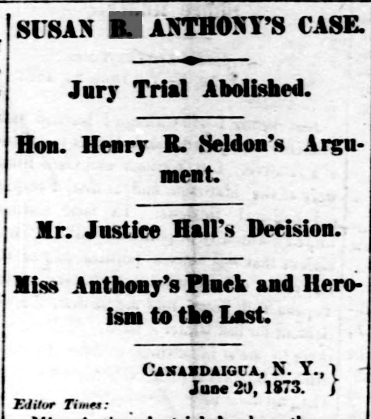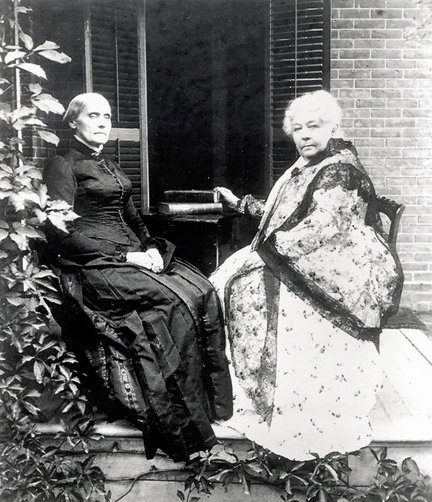
 It’s difficult to tell who made the first move that Saturday morning, March 6, 1971. It was true that women did not lack for a worthy cause at that time, so when 150 of them met at Boston Commons to participate in the International Women’s Day Parade, it should have been no surprise that things escalated. By all accounts, several women’s groups had gathered, handing out fliers and promoting equality, reproductive rights, childcare and more.
It’s difficult to tell who made the first move that Saturday morning, March 6, 1971. It was true that women did not lack for a worthy cause at that time, so when 150 of them met at Boston Commons to participate in the International Women’s Day Parade, it should have been no surprise that things escalated. By all accounts, several women’s groups had gathered, handing out fliers and promoting equality, reproductive rights, childcare and more.
According to one source, the women marched from Boston Common, up Massachusetts Avenue carrying banners and signs toward Harvard University. “As the parade entered Cambridge, the crowd turned down a side street and stopped at a building owned by Harvard University (corner of Memorial Drive and Akron).” That building was scheduled for demolition, but for the 10 days that followed, Harvard’s Architectural Technology Workshop on 888 Memorial Drive, became the soapbox that would give women a voice and eventually more.
The Harvard Crimson’s story on Monday, March 8th, 1971 was no doubt front page headlines, “Women from the Boston area, described by a spokeswoman as “feminist, anti-imperialist, socialist,” planned Saturday’s march. About eight women organized the building takeover, and few of the marchers themselves knew the building’s locale. Harvard had stationed police in the Yard to prevent a seizure there.”
There were some initial challenges. According to the Harvard Crimson, “The group of organizers included women from organizations including Bread and Roses, the Old Mole Women’s Caucus, and Gay Women’s Liberation.”
Elizabeth Duclos-Orsello, associate Professor of Interdisciplinary Studies at Salem State College,says, “What became obvious early on in the event was that the notion of a united “sisterhood” was being challenged by participant worries over whose issues/needs were most pressing and who had the power to speak for the ‘group.’ ”
The Dean of Graduate School of Design, Maurice Kilbridge, warned the “occupiers” that the building was in poor shape, but by the next day, the women appeared to have the plumbing working fine said the Crimson. During their 10 days, “sympathizers” brought food and supplies and “organized childcare.” That last part struck me. Even in protest and harsh conditions, women looked first to care for their babies AND where are the men? They can’t take care of their child while their wife/girlfriend is participating in a revolution?!
There were three demands:
- That Harvard build low-income housing on this, the Treeland Site, in accordance with the demands of the Riverside Community.
- That Harvard provide a women’s center to serve the needs of women of the Boston area.
- That Harvard give us full use of this building, with full facilities (heat, plumbing, electricity, etc.), until it is necessary to tear it down in order to break ground for the Riverside low-income housing.”
Eventually, the women would have their demands met. With funding from MIT, Harvard and the community, The Women’s Educational Center at 46 Pleasant Street arose from the event, “committed to the philosophy that empowered women could help themselves and effect change in their communities. According to the Cambridge Women’s Heritage Project, “Some groups that began by meeting at the Women’s Educational Center developed into independent organizations, including the Boston Area Rape Crisis Center, Finex House, Incest Resources, and Transition House, a shelter for women and children.”
A film documentary has been made about the events, Left on Pearl: Women Takeover 888 Memorial Drive, and will premiere at the Brattle theater on March 6th, the 4oth anniversary of the takeover.



